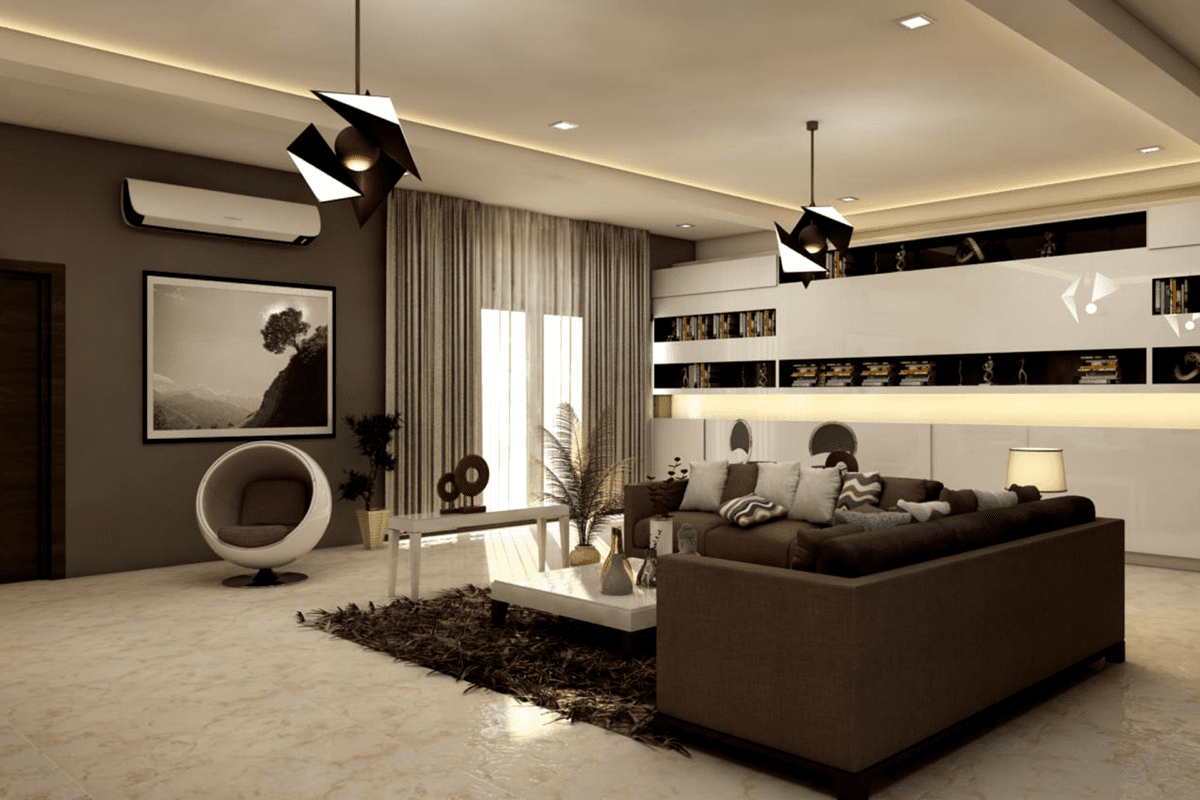How to design an air conditioning system for a room? Designing an air conditioning system for a room in your office or at home may not appear to be a difficult task. But it’s a sophisticated procedure that an AC specialist must handle. What’s important to note is that each building is unique. As such, each installation requires a bespoke solution. Even if we know what type of system you need, we must still figure out the most efficient, cost-effective, and appealing setup for you. We hope that this post will provide insight into our steps to creating a high-quality air conditioning system.
How to Design an Air Conditioning System for a Room? Popular AC Systems Available
There are different types of AC systems to pick from various manufacturers, depending on the capacity you require. A wall-mounted single-split system commonly used in homes and small offices is the most affordable system. More expensive ducted systems consist of multiple interior and exterior units. The indoor units are mounted above the ceiling, so only the grilles are visible. They’re popular in large commercial buildings like hospitals, hotels, and office complexes. Are you looking for an air conditioning installation in Surrey? Split Level Air Conditioning has over 20 years of expertise in air conditioning systems and can provide you with a wide range of air conditioning options.
How to Calculate the AC Load for a Room?
- Area method: To determine the area, multiply the length and width of the room (in feet), then take the square root of the answer and divide by ten. The obtained value corresponds to the desired tonnage.
- Method of Volume: Alternatively, multiply the length, width, and height of a room (in feet). Multiply the result by 1000. This is the needed tonnage.
If the above calculations seem daunting, speak to Split Level Air Conditioning today – we’ve been doing domestic air conditioning installation in London for over 20 years.
Building Characteristics to Consider
When designing an air conditioning system for a room, you must consider the type of building, construction, and the environment. In addition, you must consider the colours used, the type of insulation, and the shapes associated with the structure. For example, if you require a domestic air conditioning system for an apartment, the system configuration will differ from that of a single-family home. Also, you have to consider anything that may impact an area’s heating or cooling burden. Moreover, you have to consider heat transfer through windows, walls, doors, and even the ceiling. For example, any sun rays that enter the air-conditioned environment must be considered.
Conclusion
After conducting a detailed site survey, your AC installer will have enough information to work out the required heating and cooling capacity. Once you’ve done that, you can identify the most suitable system for your space. When you need a professional home air conditioning installation or residential air conditioning maintenance, you have to contact Split Level Air Conditioning. We’re a London-based service team that can visit any site for emergencies within 24 hours in most cases.

